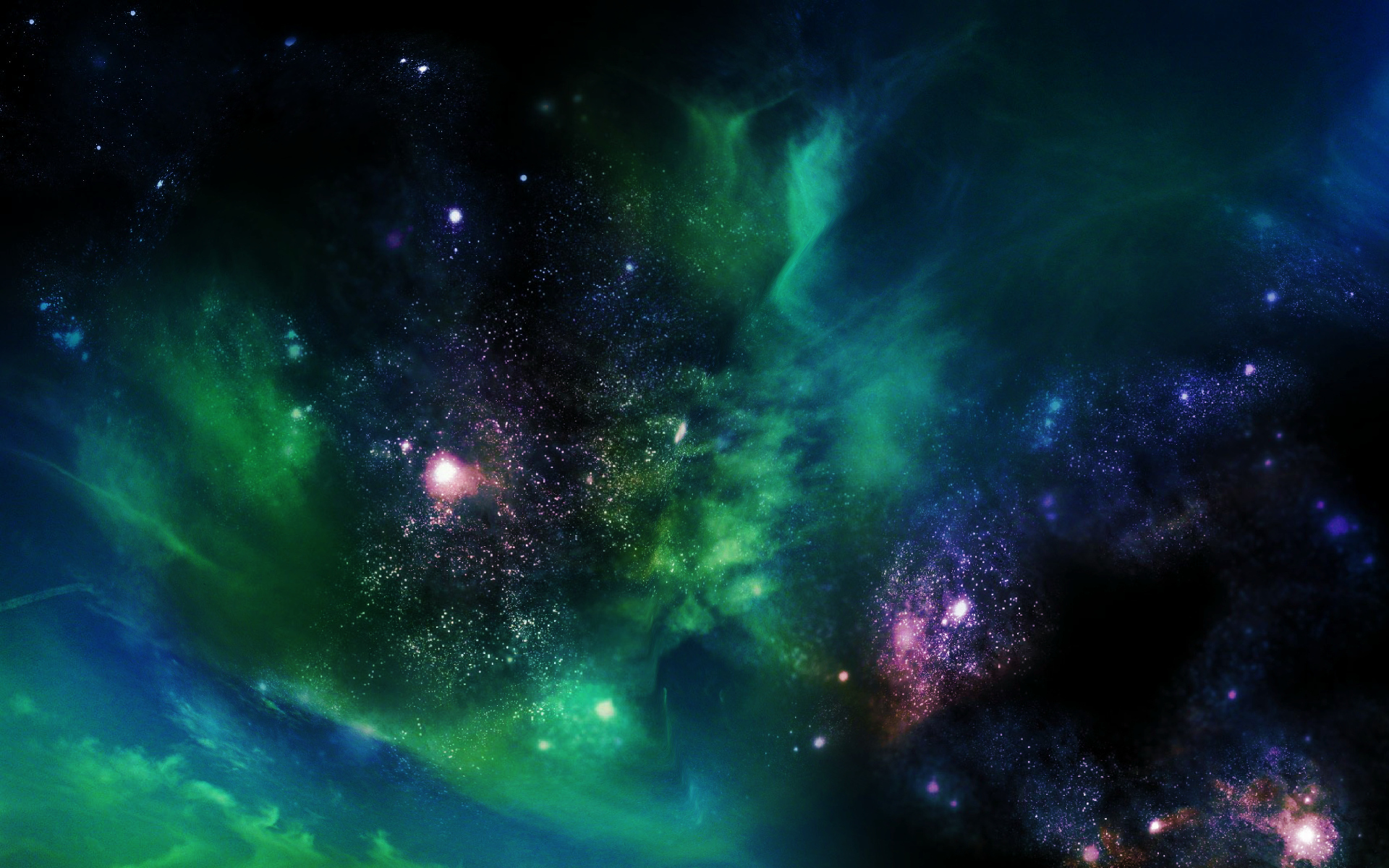
The theory that our universe is contained inside a bubble, and that multiple alternative universes exist inside their own bubbles – making up the
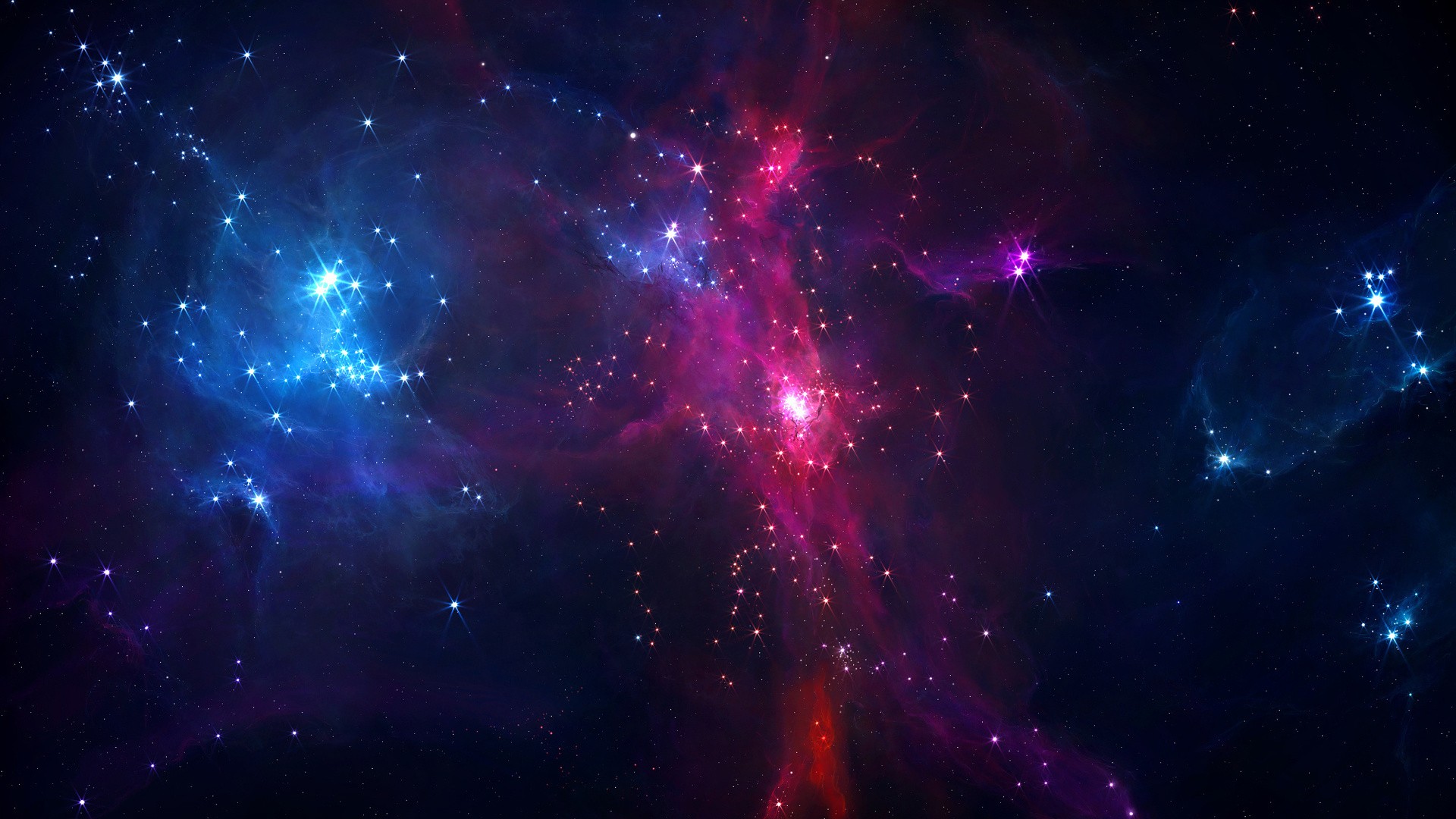
International collaboration including MPQ scientists sets a new value for the antiproton mass relative to the electron with unprecedented precision.
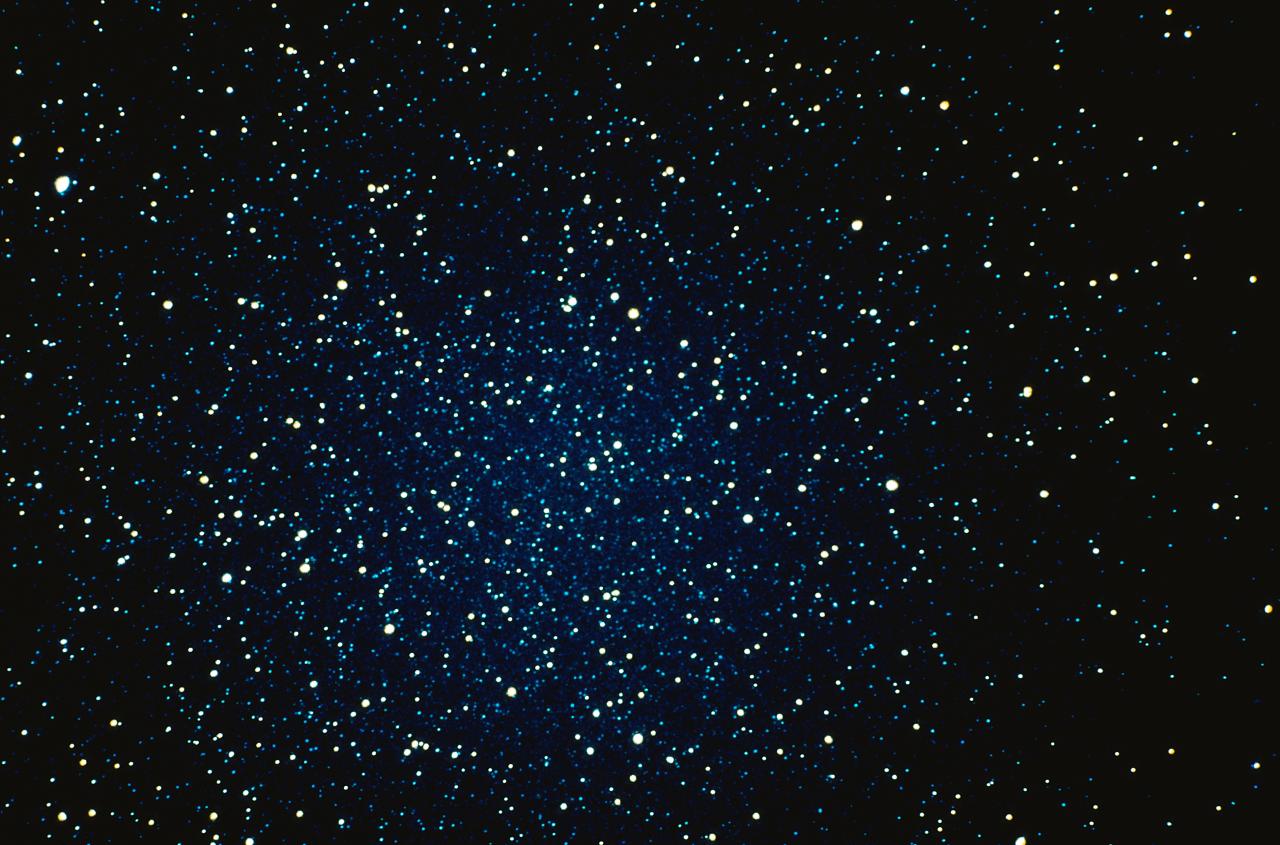
(AP) -- Like a poodle on a leash, a tiny asteroid runs ahead of Earth on the planet

ESO’s Very Large Telescope captured this striking view of the nebula around the star cluster NGC 1929 within the Large Magellanic Cloud, a satellite galaxy of our own Milky Way. A colossal example of what astronomers call a superbubble dominates this stellar nursery. It is being carved by the winds from bright young stars and the shockwaves from supernova explosions.
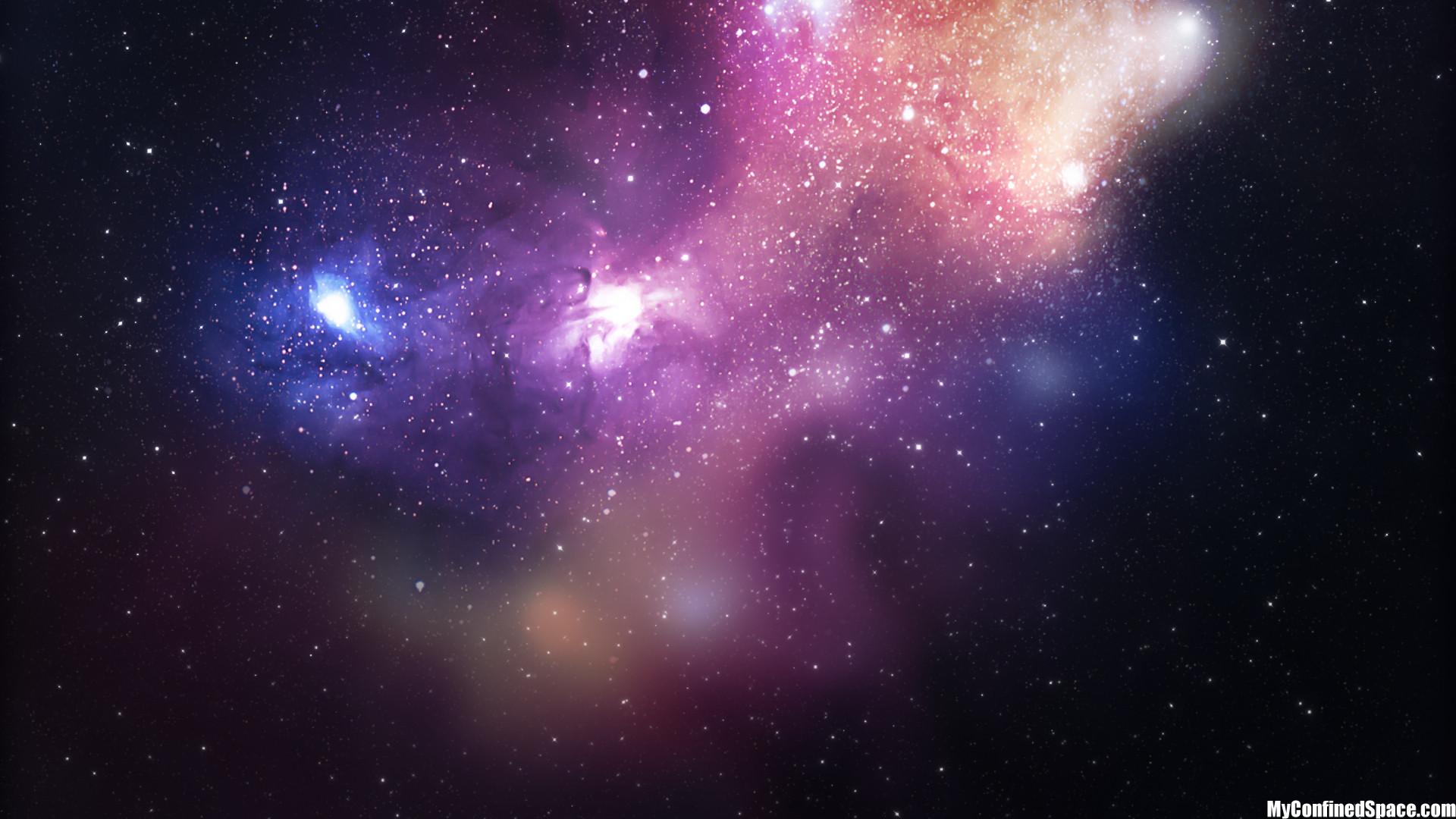
(PhysOrg.com) -- Suppose at some point the universe ceases to expand, and instead begins collapsing in on itself (as in the “Big Crunch” scenario), and eventually becomes a supermassive black hole. The black hole’s extreme mass produces an extremely strong gravitational field. Through a gravitational version of the so-called Schwinger mechanism, this gravitational field converts virtual particle-antiparticle pairs from the surrounding quantum vacuum into real particle-antiparticle pairs. If the black hole is made from matter (antimatter), it could violently repel billions and billions of antiparticles (particles) out into space in a fraction of a second, creating an ejection event that would look quite similar to a Big Bang.

Until recently, astronomers were highly skeptical of whether or not planets should be possible in multiple star systems. It was expected that the constantly varying gravitational force would eventually tug the planet out of orbit. But despite doubts, astronomers have found several planets in just such star systems. Recently, astronomers announced another, this time in the trinary star HD 132563.

A team of European astronomers has used ESO’s Very Large Telescope and a host of other telescopes to discover and study the most distant quasar found to date. This brilliant beacon, powered by a black hole with a mass two billion times that of the Sun, is by far the brightest object yet discovered in the early Universe. The results will appear in the 30 June 2011 issue of the journal Nature.

Using the VISIR instrument on ESO’s Very Large Telescope (VLT), astronomers have imaged a complex and bright nebula around the supergiant star Betelgeuse in greater detail than ever before. This structure, which resembles flames emanating from the star, is formed as the behemoth sheds its material into space.
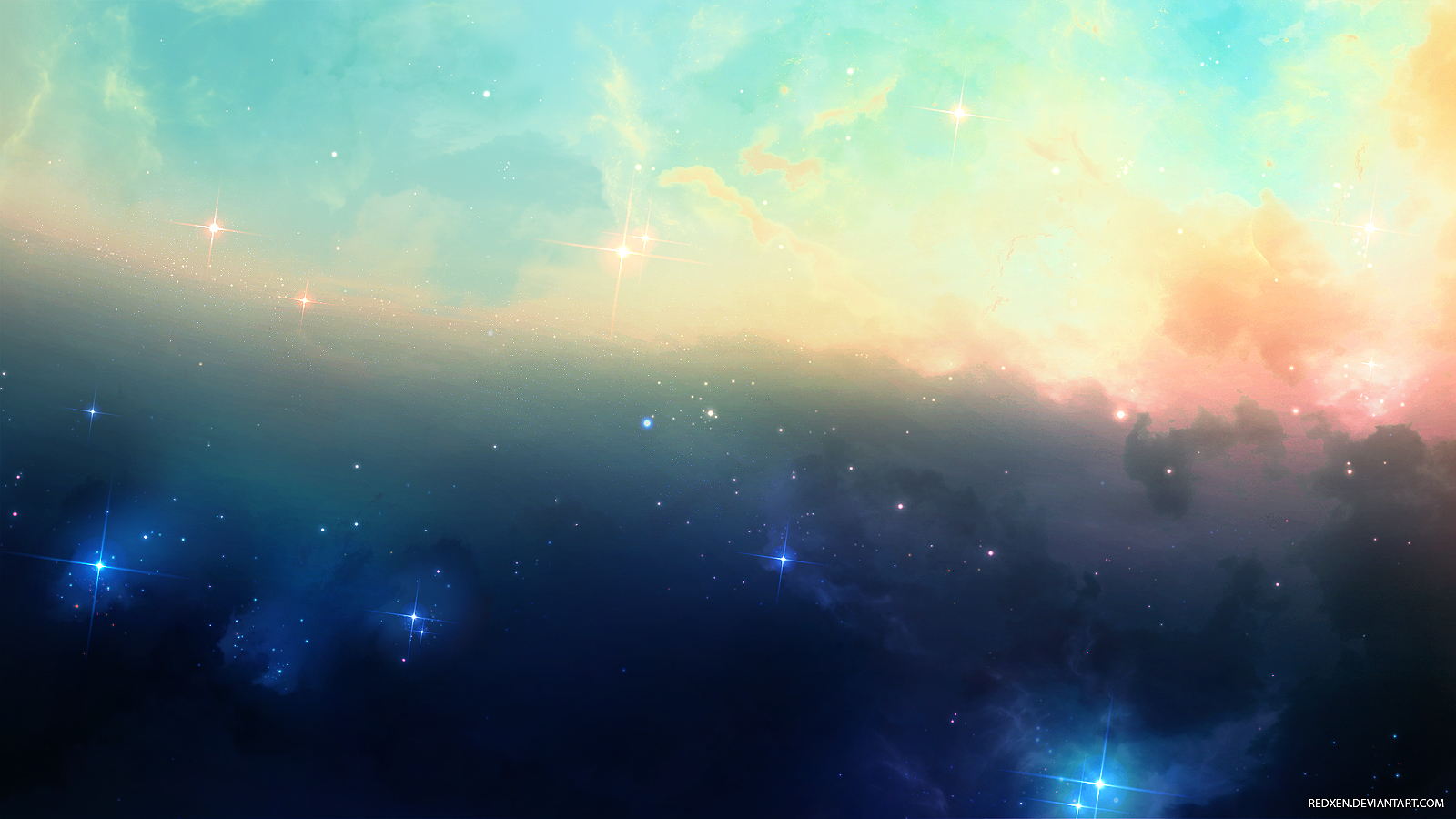
The Defense Department first proposed Star Wars. Now it wants Star Trek.

By shooting a beam of neutrinos through a small slice of the Earth under Japan, physicists say they
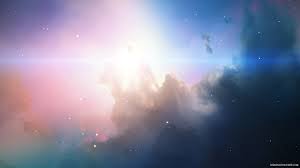
Using the deepest X-ray image ever taken, astronomers found the first direct evidence that massive black holes were common in the early universe. This discovery from NASA

After 30 years of development, the UK and European space agencies have given a go for the Skylon Spaceplane.